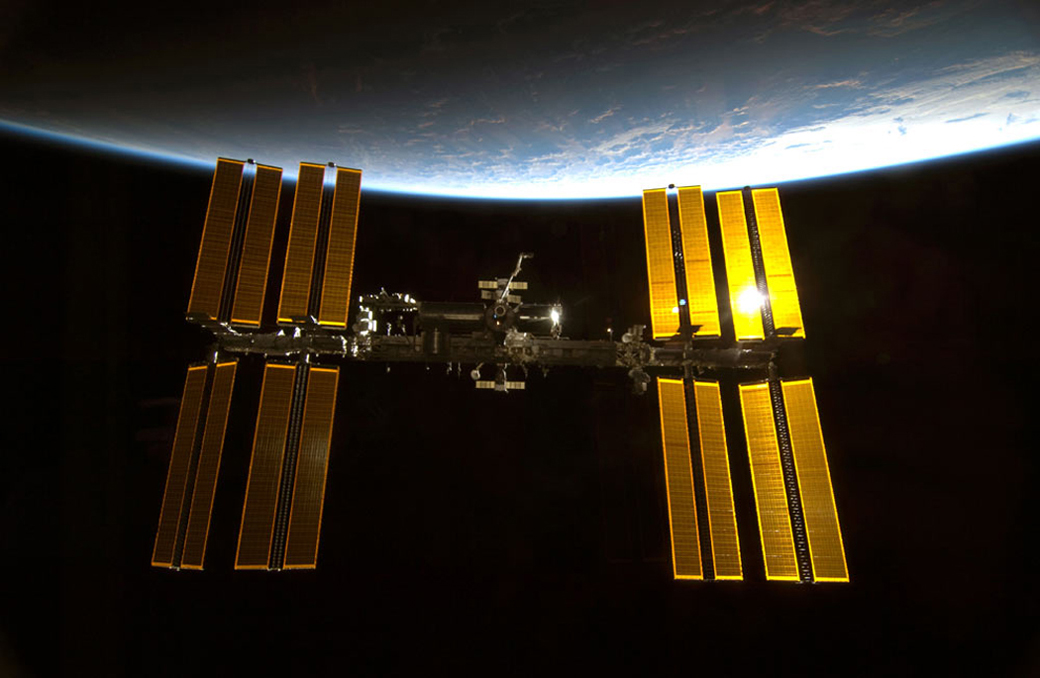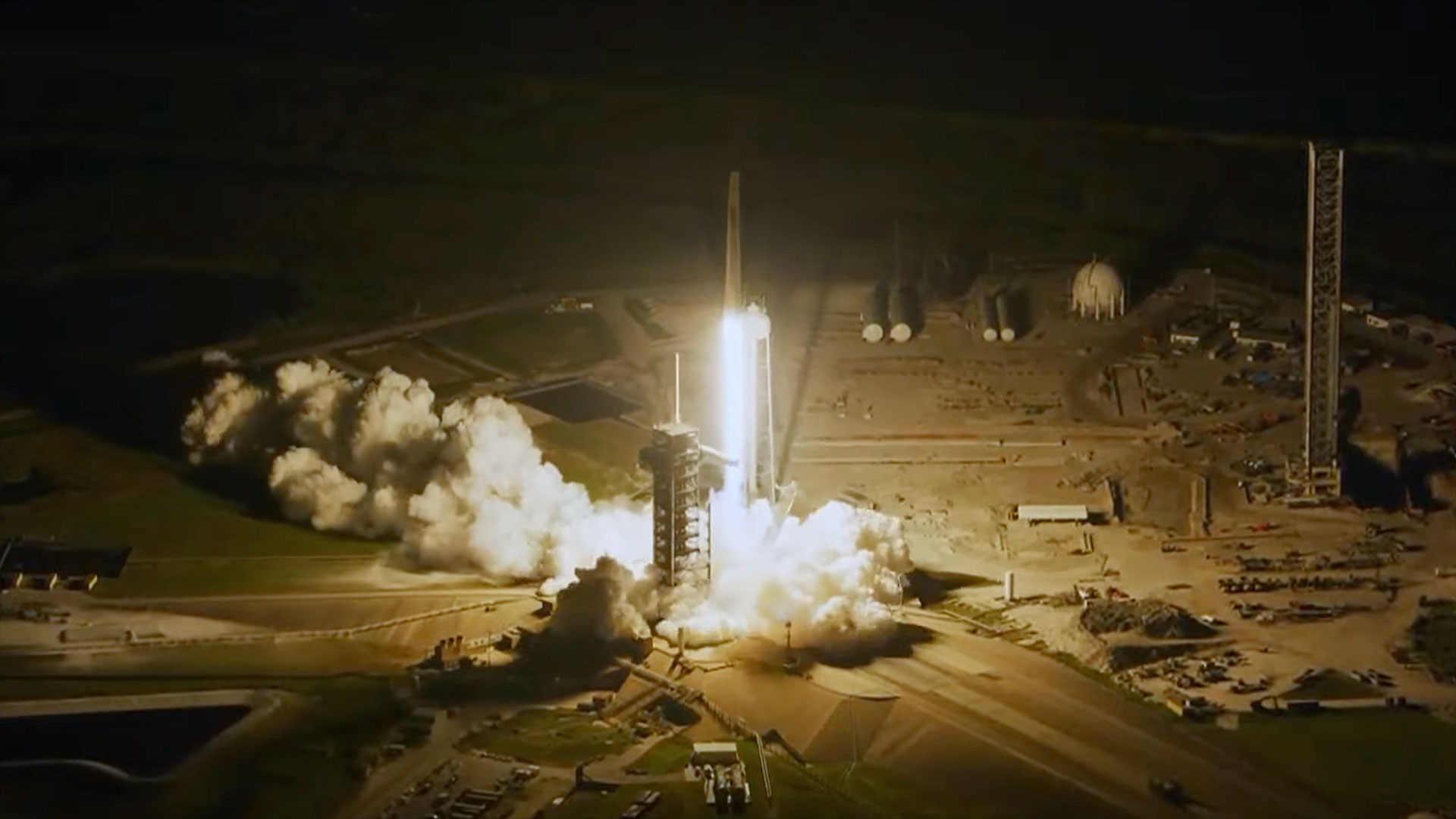Astronauts on Cereal Boxes, Logos on Spaceships? NASA Chief Says It Could Happen

Picture NASA astronauts' smiling faces on cereal boxes, and Mars rovers emblazoned with corporate logos just like those on race cars.
Regulations currently keep such scenes in the realm of fantasy, but that could change soon. NASA is creating a new committee that will investigate expanding commercial activities and collaborations in low Earth orbit and beyond, NASA Administrator Jim Bridenstine announced Wednesday (Aug. 29).
"We're talking about, potentially — is it possible for NASA to offset some of its costs by selling the naming rights to its spacecraft, or the naming rights to its rockets?" Bridenstine said during a public meeting of the NASA Advisory Council (NAC) at the agency's Ames Research Center in California's Silicon Valley. [NASA's 10 Greatest Science Missions]
"I'll tell you, there is interest in that right now," he added. "The question is, is it possible? The answer is, I don't know. But we're looking to the committee to give us advice on whether or not it is."
The new regulatory and policy committee will be part of the NAC. It will be chaired by Mike Gold, an attorney who's also vice president for regulatory, policy and government contracts at Colorado-based space-tech company Maxar Technologies.
Gold also spoke at the NAC meeting. He raised the possibility of freeing NASA astronauts in the commercial realm — allowing them to film advertisements aboard the International Space Station (ISS), for example, and endorse products here on Earth, both of which are currently forbidden.
Loosening the reins in these various ways could not only raise funds for NASA but also significantly increase the agency's media reach and exposure, both Gold and Bridenstine said. The result could be a much larger pool of astronaut candidates in the future, as well as a lot more kids who get inspired enough to choose a career in science, math, engineering or technology.
Breaking space news, the latest updates on rocket launches, skywatching events and more!
Gold stressed that increased commercial activities like the ones outlined above are inevitable, so the U.S. risks losing out to foreign competitors if it doesn't ease some of its regulations.
"It will happen," Gold said. "The question is, will it happen in America?"
The commercialization of low Earth orbit is already underway, of course. For example, both SpaceX and Northrop Grumman launch robotic cargo missions to the ISS. And SpaceX and Boeing are getting set to start ferrying NASA astronauts to and from the orbiting lab; if current schedules hold, the first crewed flights of these private spaceships will take place next year.
But the possible activities invoked by Bridenstine and Gold would definitely open a new era, and the NASA chief seemed to recognize that some people may not yet be comfortable with flight suits that make astronauts look like NASCAR drivers.
"You hit a lot of things in there that could be perceived as provocative," he said to Gold after the latter finished his presentation. "And I want to be clear: We have not made any determinations, nor have we prejudged the outcome of the committee that you're going to chair."
Follow Mike Wall on Twitter @michaeldwall and Google+. Follow us @Spacedotcom, Facebook or Google+. Originally published on Space.com.
Join our Space Forums to keep talking space on the latest missions, night sky and more! And if you have a news tip, correction or comment, let us know at: community@space.com.

Michael Wall is a Senior Space Writer with Space.com and joined the team in 2010. He primarily covers exoplanets, spaceflight and military space, but has been known to dabble in the space art beat. His book about the search for alien life, "Out There," was published on Nov. 13, 2018. Before becoming a science writer, Michael worked as a herpetologist and wildlife biologist. He has a Ph.D. in evolutionary biology from the University of Sydney, Australia, a bachelor's degree from the University of Arizona, and a graduate certificate in science writing from the University of California, Santa Cruz. To find out what his latest project is, you can follow Michael on Twitter.
